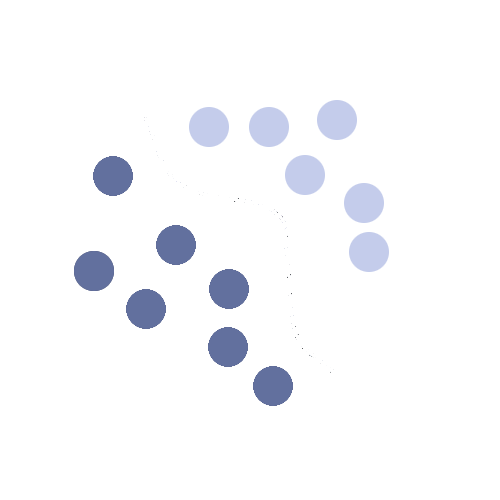AI is software. Traditional software runs on a rule-based system, meaning that the developer has programmed rules dictating how the software behaves when certain conditions occur.

However, many real-life situations are so complex that it is impossible to program all the rules and logic; therefore, another approach was needed. Inspired by how the human brain handles complex situations, a technology now called artificial intelligence (AI) has been developed. AI mimics human brains and is capable of handling complex real-world situations.
AI software operates on a probability basis instead of a rule-based system. This means that AI predicts the most likely outcome from the given situation. AI makes predictions based on what it has ‘seen’. So, if AI has only seen pictures of cats and dogs and a picture of a horse is presented, it will respond with either ‘cat’ or ‘dog’. This ‘seeing’ actually refers to what AI has learned. Just as human brains learn when new information is presented, so does AI.

The probability-based nature of AI has a great advantage: it cannot encounter a situation where the software doesn’t know what to do. It will always make a prediction. If the prediction is incorrect, as in the case with the horse, then the AI requires more training which is capability . Training is accomplished by providing quality data to the AI and explaining what each piece of data represents.
AI has different levels. The previously presented cat-dog classification is an example of machine learning. Then there is deep learning, to which generative AI (GenAI) belongs. GenAI can produce information based on what it has learned and what is asked of it. It does this by understanding the given question or task and gives a response based on its prediction. ChatGPT, Gemini, and Copilot are examples of generative AIs.
The heart of GenAI is understanding human language, which is achieved by training these models with a vast amount of data. This includes for example data on the internet, digital books, open-source software, etc. Additionally, some models has been trained with images and videos from the internet. From these data, GenAI has learned what a cat means, what features it has, and can create an image or video of it or answer questions about cats.
GenAI’s understanding of language and its knowledge of a vast amount of available information make it a valuable resource. It is equipped with knowledge of law and medical issues, as well as software patterns, among others, and is highly efficient at processing that information upon request.
Intelligence in GenAI is stored within the model. The model consists of the GenAI model architecture and parameters. These parameters are numerical values that represent GenAI’s learned knowledge. All data within the model is represented in numerical form.
When we pose a question to GenAI it
- transforms the words into a numerical representation, as it has learned
- calculates the meaning of the question using the model’s architecture and parameters;
- and upon understanding the meaning of the question, generates a response using the model’s architecture and parameters.
In response generation, ‘calculation’ means finding the most likely sequence of words based on the model’s learning, word by word. Therefore, the intelligence in GenAI manifests through these calculations, specifically probability calculations. Currently, GenAI can only determine the probability that its answer is correct based on what it has learned, not whether it is absolutely true.
Technology is evolving rapidly, meaning GenAI is constantly receiving new features. At the time of writing this article, GenAI lacks the ability to process hard facts and reasoning. It is likely that this limitation will be addressed in future versions, but currently, GenAI does not excel at tasks requiring logic and reasoning. It performs well in tasks where the answer does not have to be one specific response. Examples of such tasks include summarizing, generating ideas, or creating images.
Neptunux 28.2.2024
